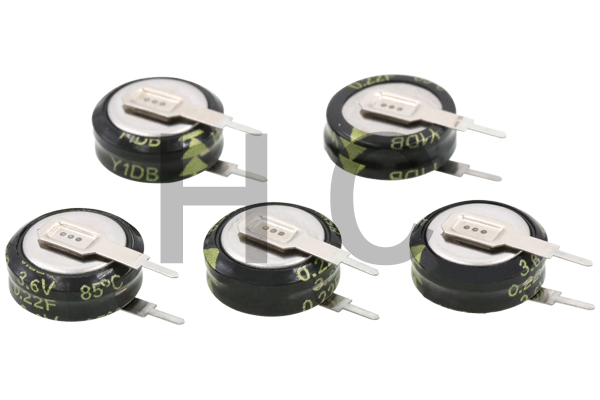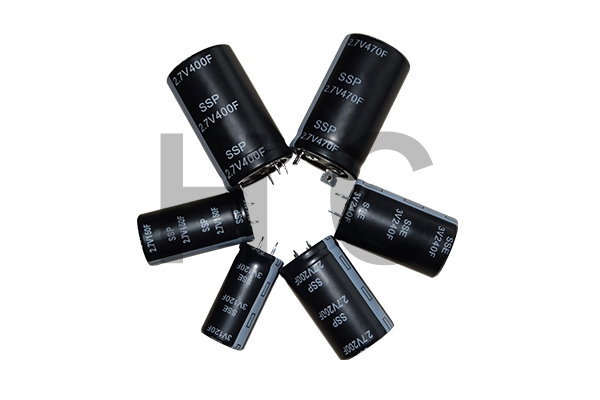Supercapacitors, also known as electrochemical capacitors, electric double-layer capacitors, gold capacitors, and Farad capacitors, are an electrochemical component developed in the 1970s and 1980s that uses polarized electrolytes to store energy.
Different from traditional chemical power sources, it is a power source with special functions between traditional capacitors and batteries, mainly relying on electric double layers and redox pseudocapacitive charges to store electrical energy. However, there is no chemical reaction during its energy storage process. This energy storage process is reversible, and it is precisely because of this that the supercapacitor can be repeatedly charged and discharged hundreds of thousands of times.
The details of the supercapacitor structure depend on the application and use of the supercapacitor. These data may vary slightly due to manufacturer or specific application requirements. The commonality of all Farad capacitors is that they include a positive electrode, a negative electrode, and a space between the two electrodes, and the electrolyte fills the two pores separated by the two electrodes and the spacer.

For round or cylindrical packaged products, the electrodes are cut into a reel method configuration. Solder the electrode foil to the terminal to expand the external capacitive current path.
The basic principle is the same as that of other types of electric double layer capacitors. The electric double layer structure composed of activated carbon porous electrodes and electrolytes is used to obtain super large capacity.
The advantages of supercapacitor manufacturers are high power density, short charging and discharging time, long cycle life, and wide operating temperature range.

Each part is: (1): PTFE carrier; (2): active material pressed on the foam nickel collector; (3): polypropylene battery separator.
The components of a supercapacitor module can vary from product to product. This is determined by the geometry of the supercapacitor package. For the placement of prismatic or square packaged product parts, the internal structure is based on the placement of the internal parts, ie the internal collector electrodes are extruded from the stack of each electrode. These collector pads will be soldered to the terminals, extending the current path out of the capacitor.
Supercapacitors are composed of porous electrode materials with high specific surface area, current collectors, porous battery separators and electrolytes. The electrode material and the current collector should be closely connected to reduce the touch resistance; the barrier should meet the conditions of having the highest possible ionic conductance and the lowest possible electronic conductance, generally electronic insulating materials of fiber structure, such as polypropylene film . The type of electrolyte is selected according to the nature of the electrode material.
